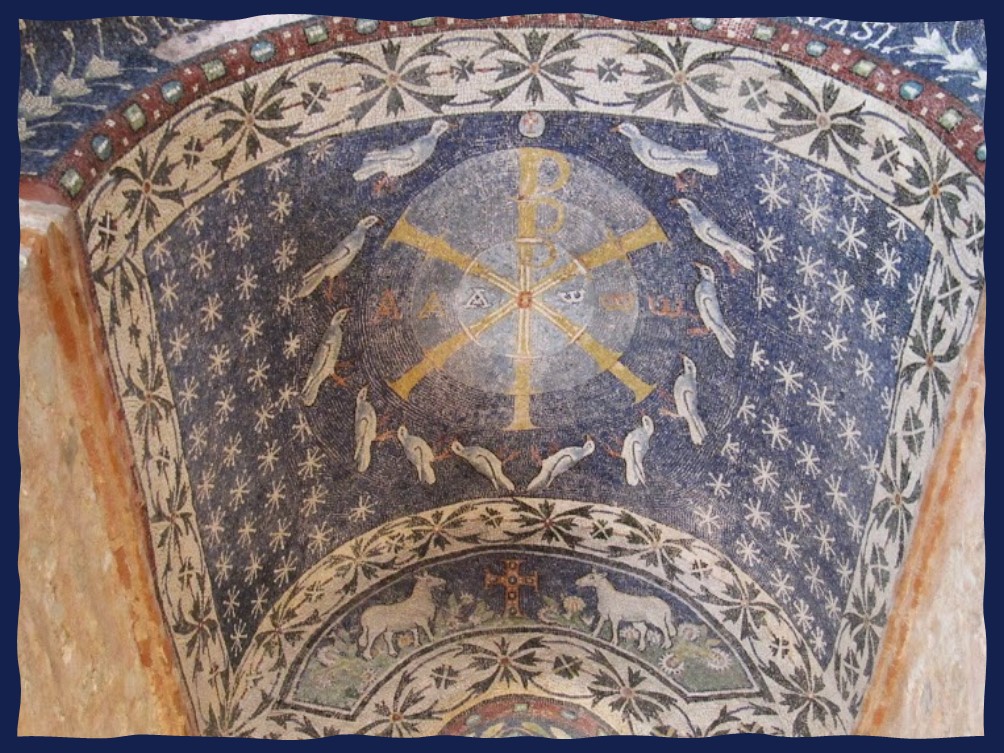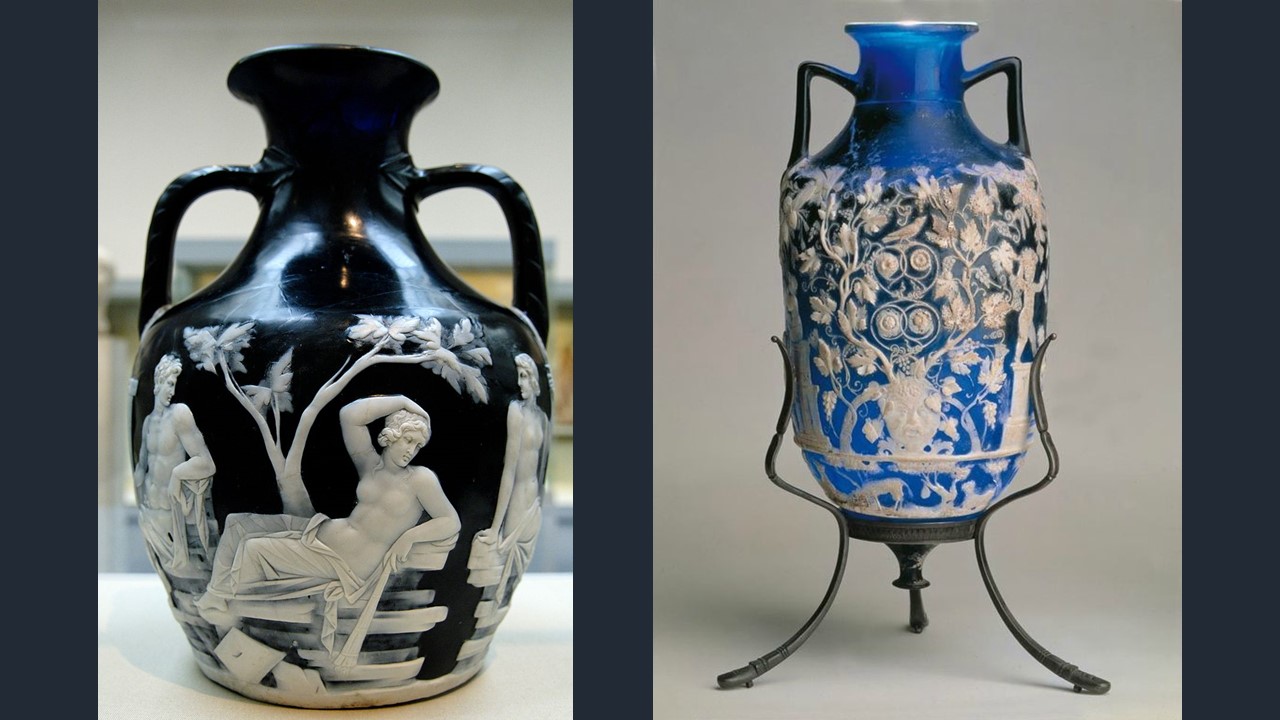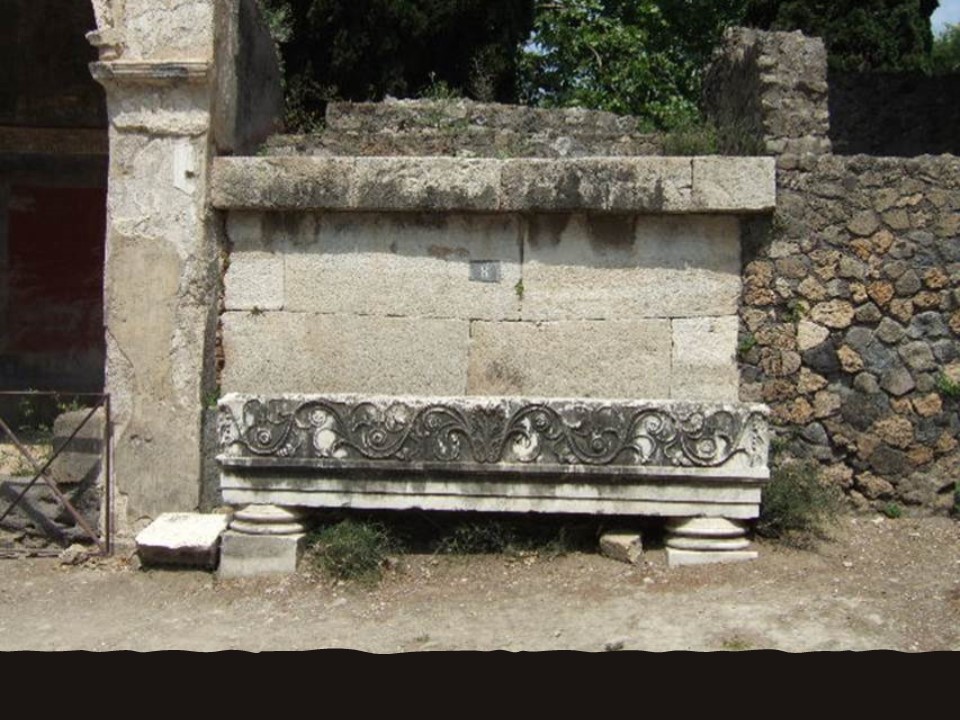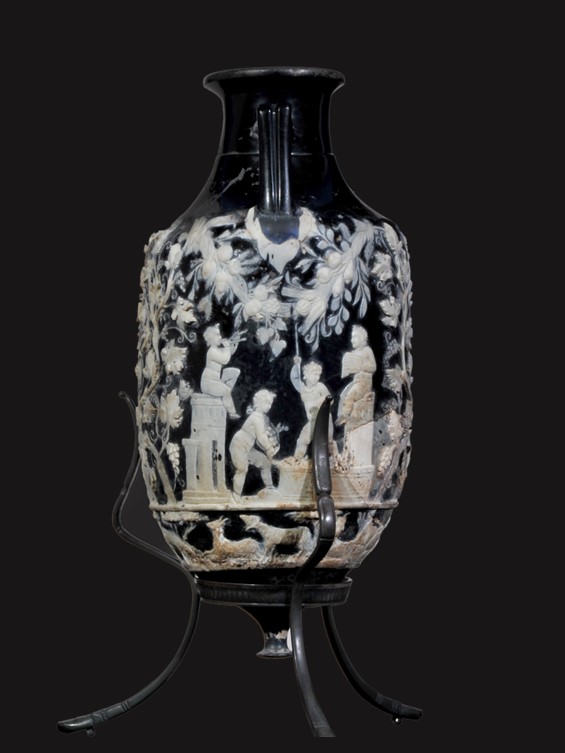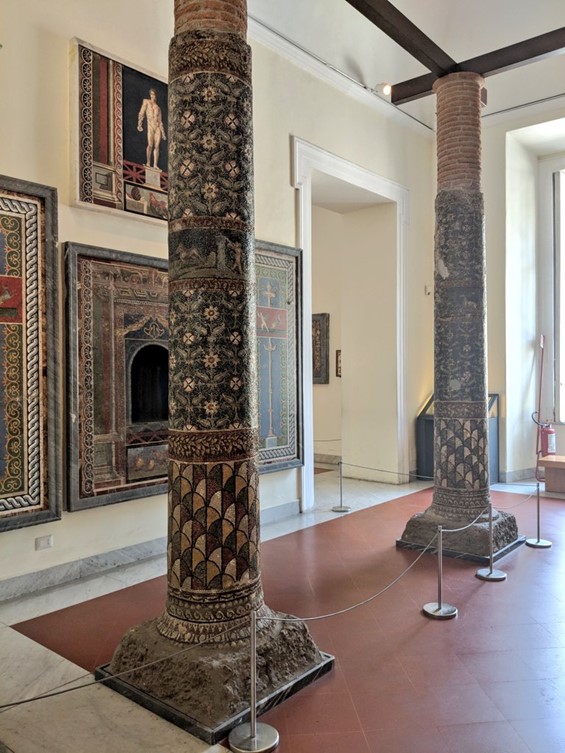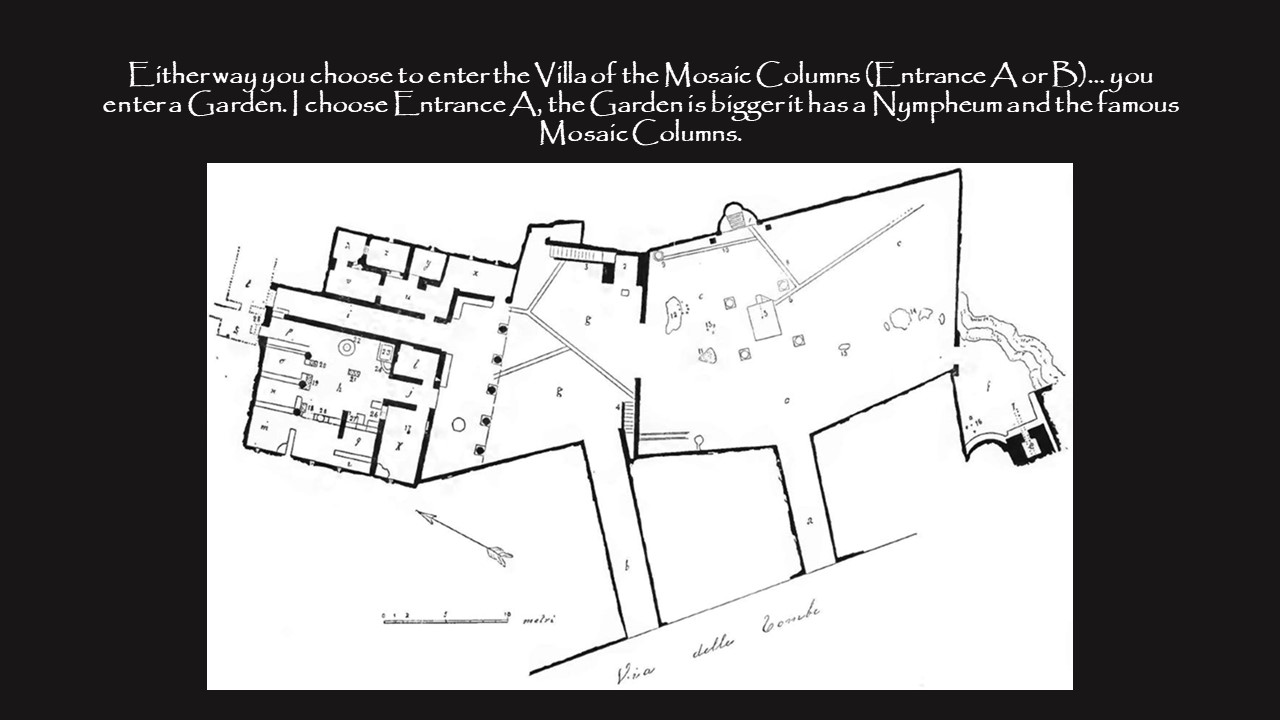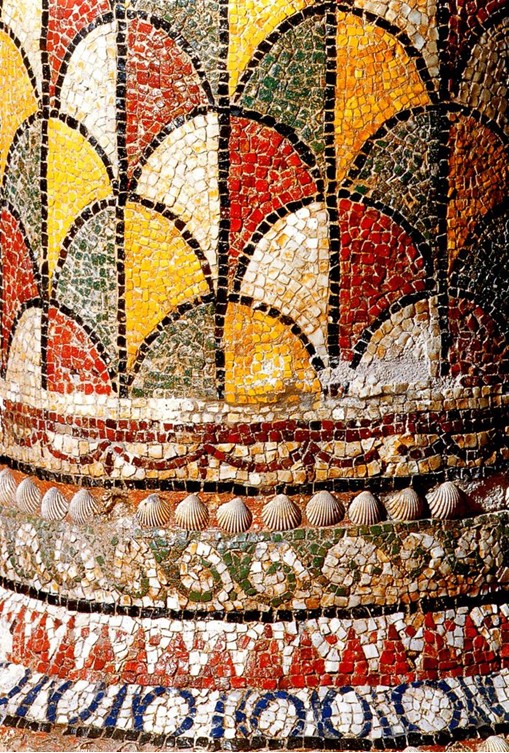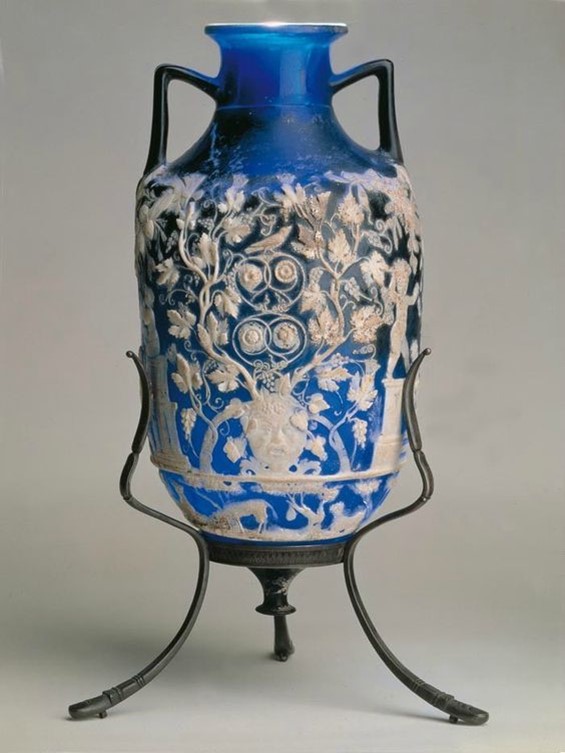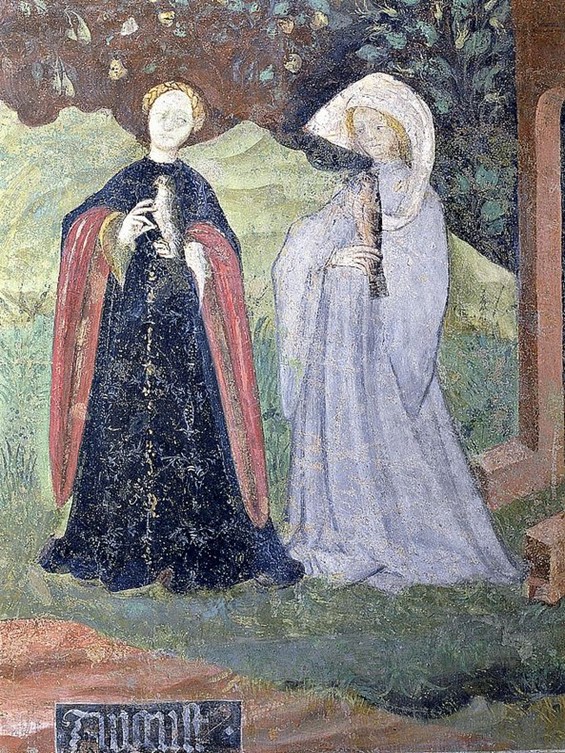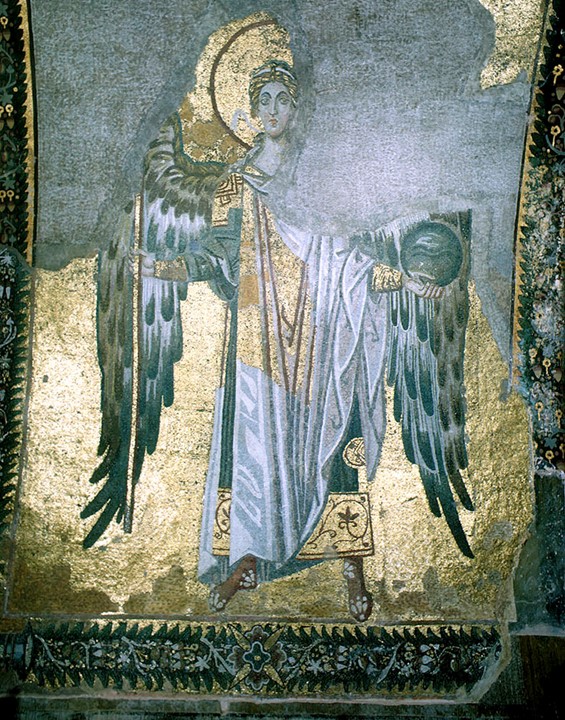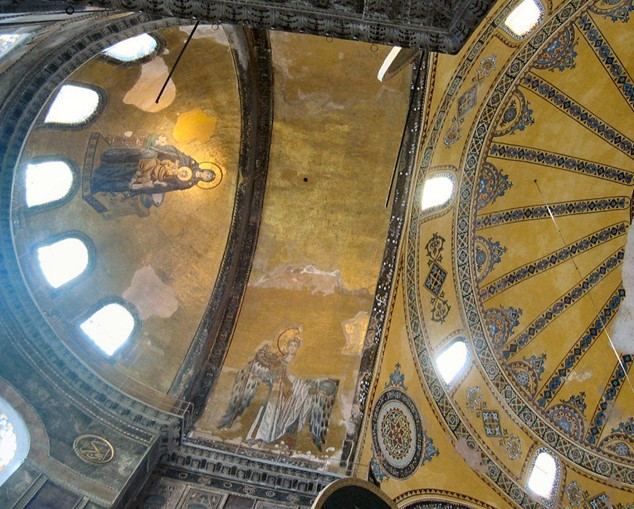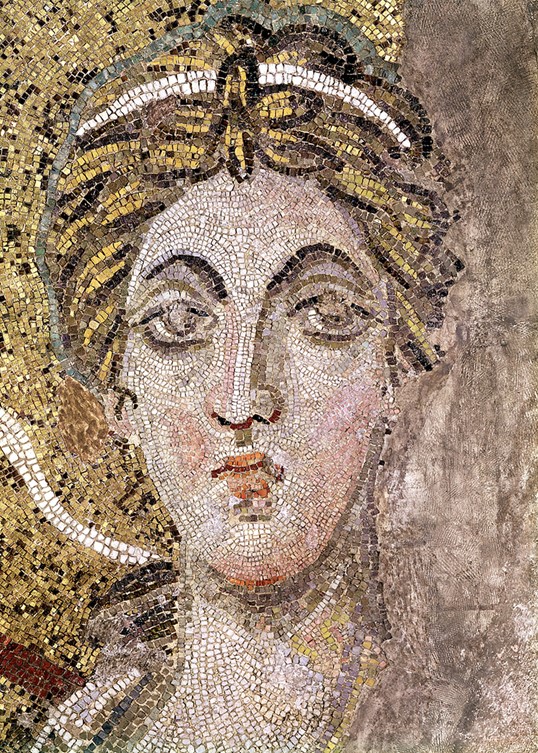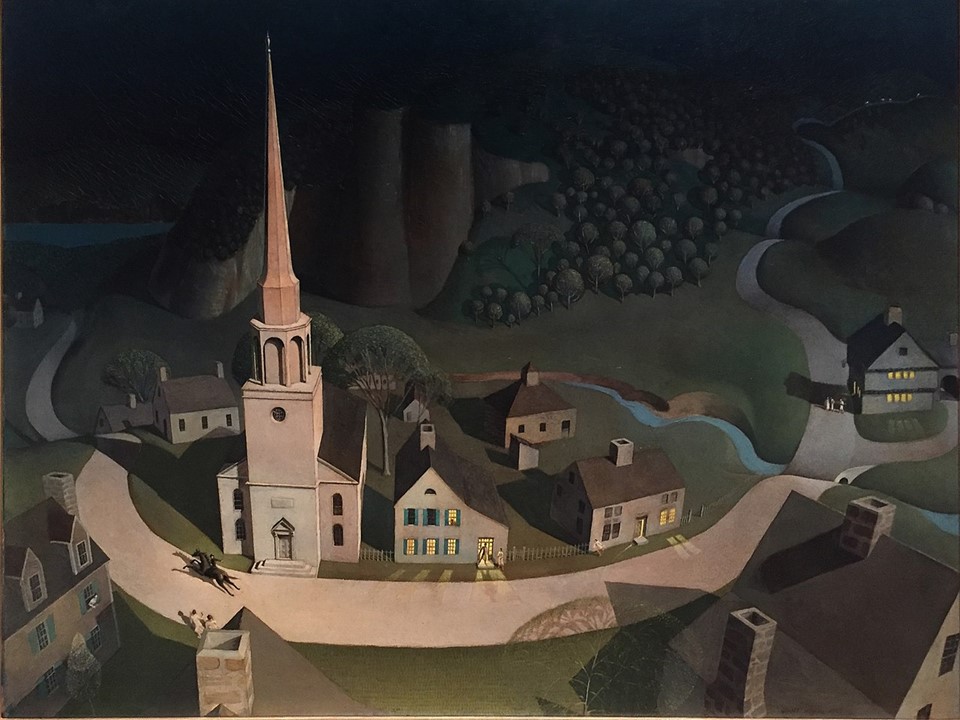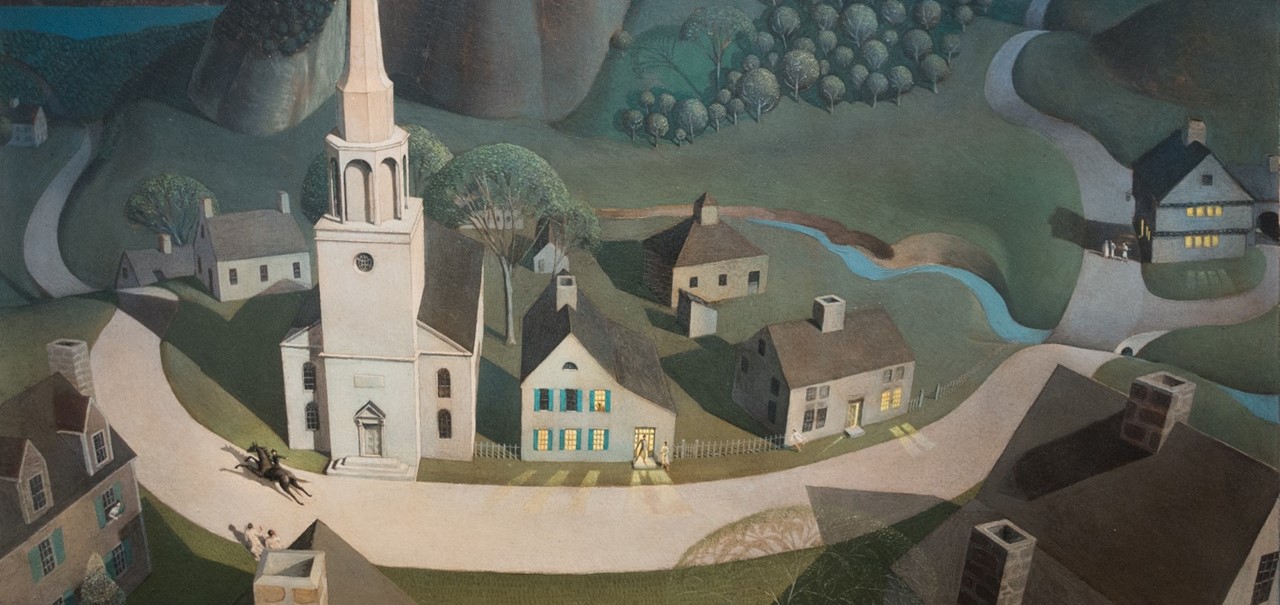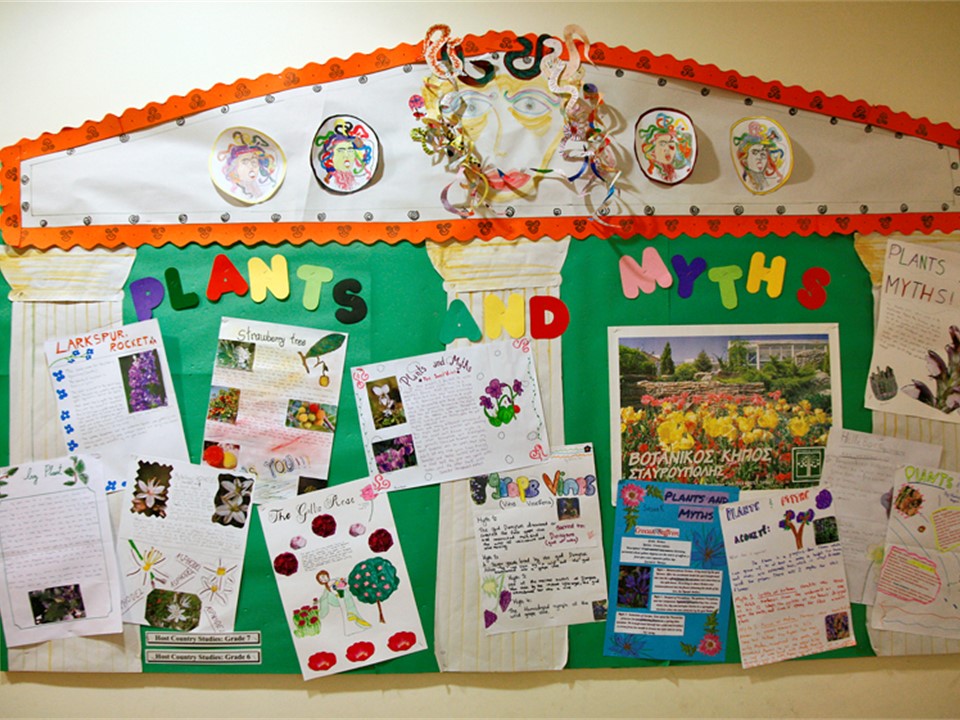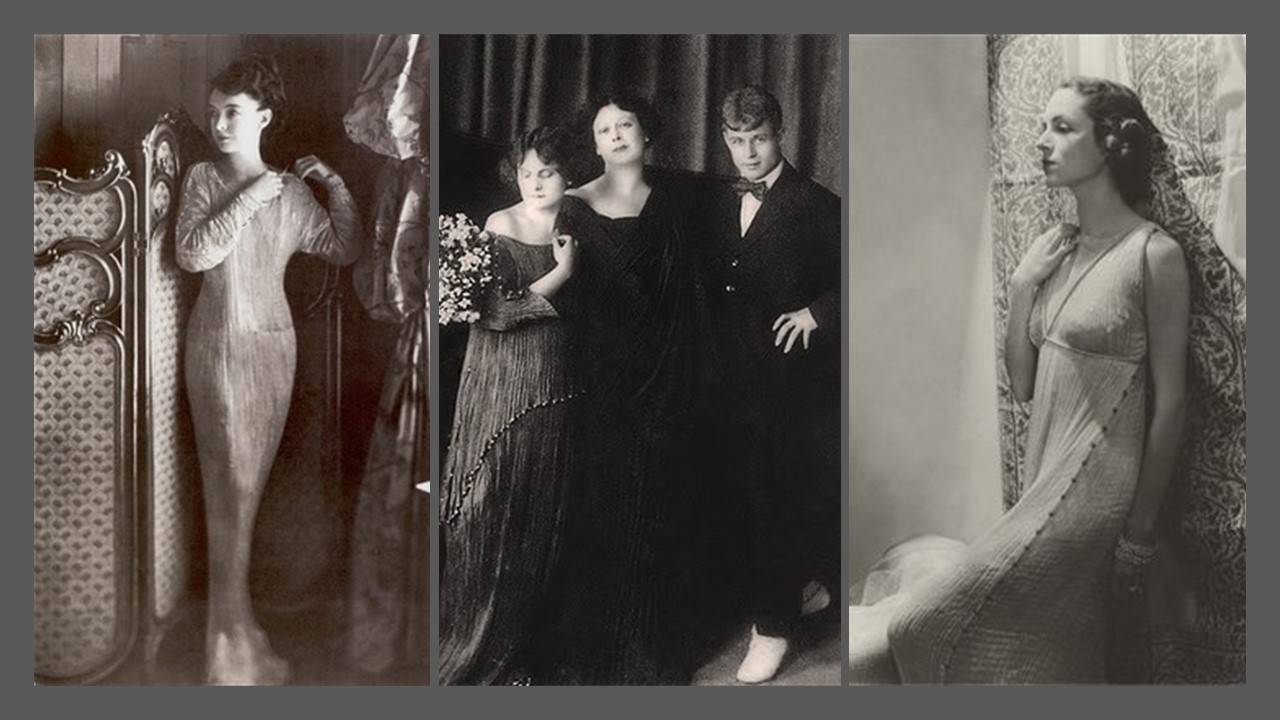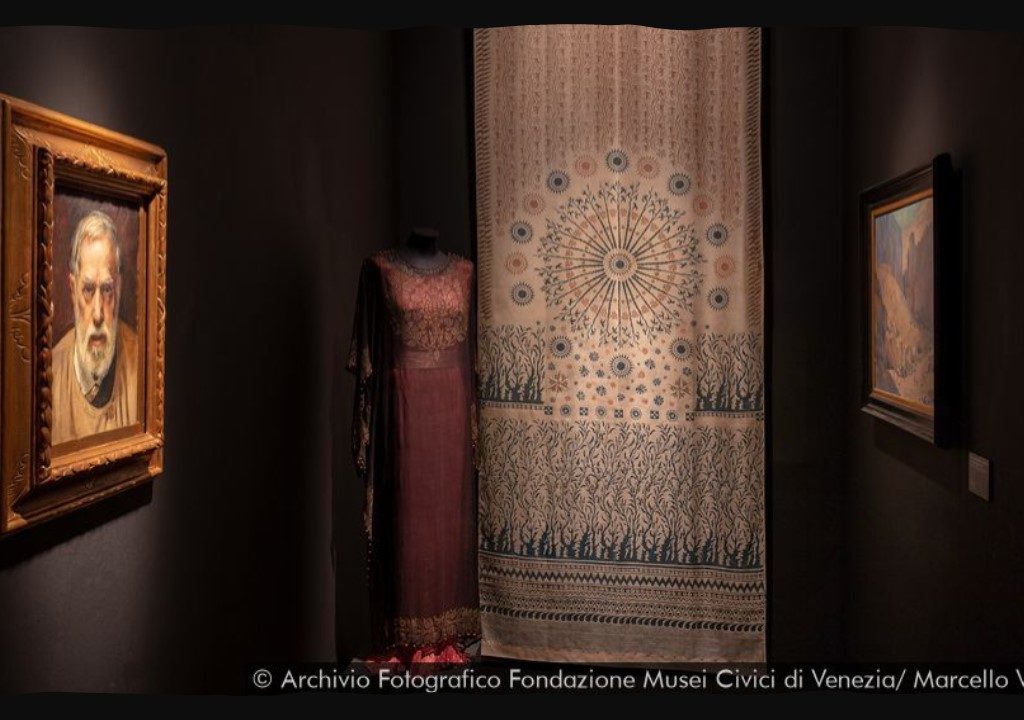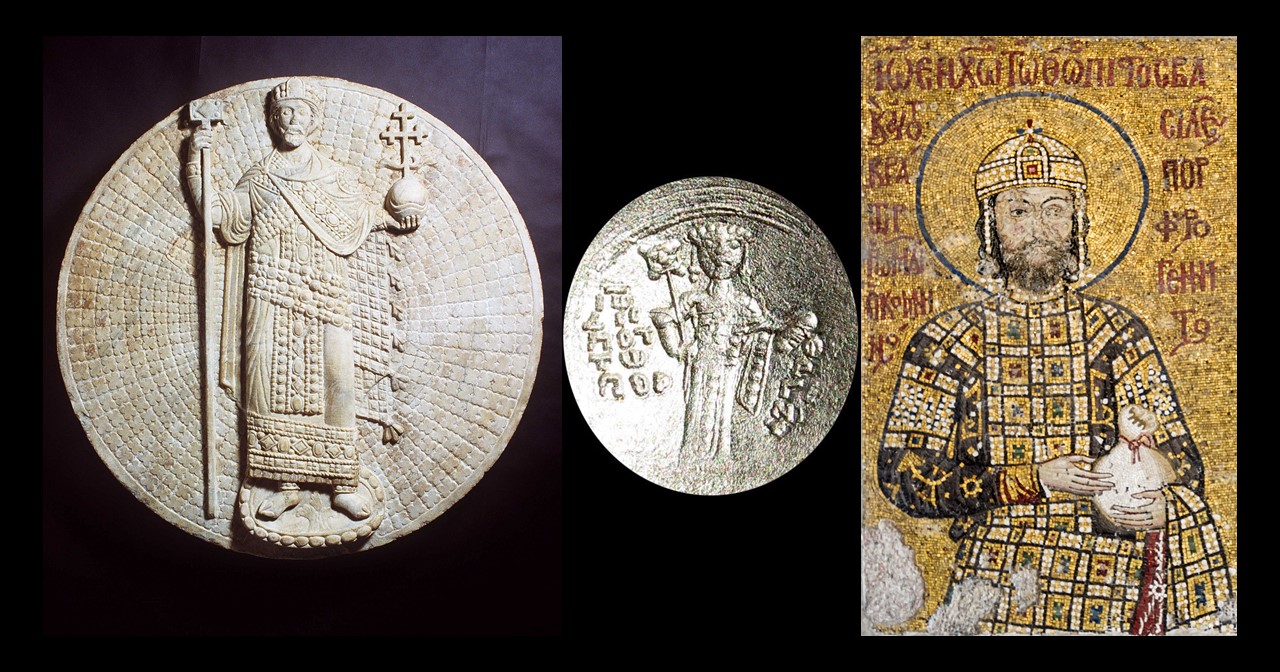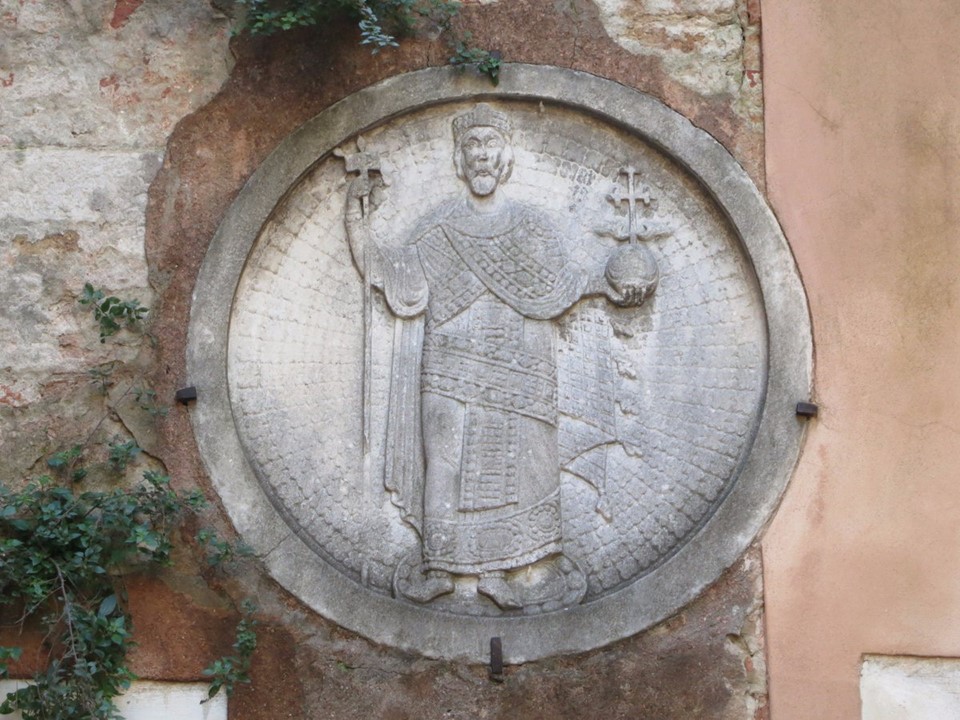
Portrait of Émile Zola, 1868, oil on canvas, 146,0 x 114,0 cm., Musée d’Orsay
“My dear Zola, – I am making up my mind to hold a private show. I have at least two score pictures to exhibit. I’ve already been offered a site in a very good location near the Champ de Mars. I am going to stake the lot and seconded by men like yourself, am hopeful of success. See you soon. Cordially, yours ever, All of us here are delighted with your article, and I am instructed to send you thanks.” This is a quote of Manet’s letter to Zola, Wednesday, 2 January 1867. My new POST Émile Zola by Édouard Manet further shows the relationship between the two men. https://quotepark.com/quotes/1886775-edouard-manet-my-dear-zola-i-am-making-up-my-mind-to-hold-a-p/
It was 1866 and Émile Zola, disappointed with the way the French Academy and critics treated Édouard Manet’s work in the Salon of 1866 wrote an article on Manet in La Revue du XXe siècle and defended him. He did not stop, however, with this first article. The following year, 1867, when Manet organized a private exhibition on the fringes of the Universal Exhibition, Zola was once more present, supporting his friend, writing about Manet’s New Manner in Art, in the January La Revue du XXe siècle. Later in 1867, Zola republished the 1867 article in the form of a separate pamphlet. Zola wrote that he “instinctively loved” Manet’s Art replying to the critics who vilified the painter by saying “I replied to them [to the crowd and to the art critics] that fate had undoubtedly already marked at the Louvre Museum the future place of the Olympia and of the Luncheon on the Grass.” This pamphlet was distributed on May 22, 1867, the opening day of the Private Exhibition of Edouard Manet, organized at his expense by the painter in a pavilion near the Pont de l’Alma. https://www.librairie-faustroll.com/librairie-en-ligne/6684-zola-emile-edouard-manet-1867-dentu-edition-originale-de-cette-rare-plaquette-complet-de-l-eau-forte-d-apres-olympia.html and https://msu.edu/course/ha/446/zolamanet.htm
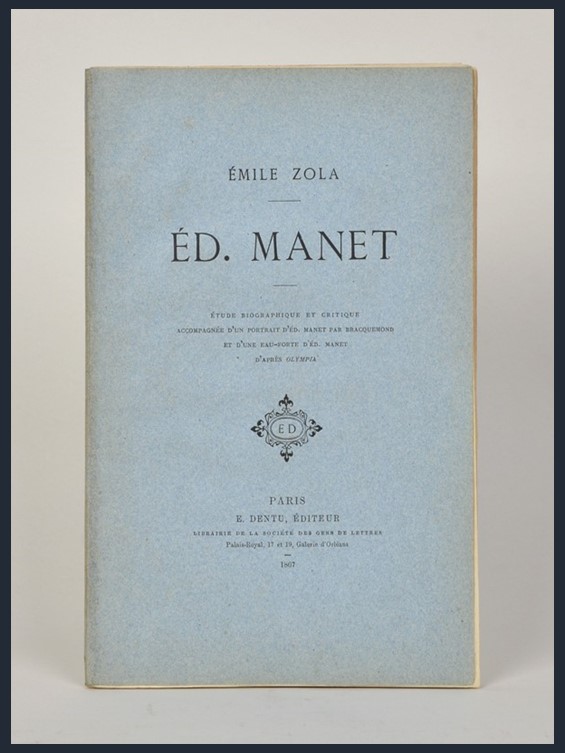
According to the Musée d’Orsay presentation “To thank him, Manet offered to paint Zola’s portrait. The sittings took place in Manet’s studio, rue Guyot. The setting was arranged for the occasion with items characteristic of Zola’s personality, tastes and occupation. On the wall is a reproduction of Manet’s Olympia, a painting which sparked a fierce scandal at the 1865 Salon but which Zola held to be Manet’s best work. Behind it is an engraving from Velazquez’s Bacchus indicating the taste for Spanish art shared by the painter and the writer. A Japanese print of a wrestler by Utagawa Kuniaki II completes the décor. The Far East, which revolutionised ideas on perspective and colour in European painting, played a central role in the advent of the new style of painting. A Japanese screen on the left of the picture recalls this. Zola is seated at his work table. He is holding a book, probably Charles Blanc’s L’Histoire des peintres frequently consulted by Manet. An inkwell and a quill on the desk symbolise the writer’s occupation. This portrait sealed the start of a loyal friendship between Manet and Zola, both eager for success.” https://www.musee-orsay.fr/en/collections/works-in-focus/search/commentaire_id/emile-zola-313.html

The symbolist artist Odilon Redon (1840-1916), known today for the “dreamlike” paintings, observed penetratingly Zola’s Portrait and in his Salon review (La Gironde, 9 June 1868), wrote… “It is rather a still life, so to speak, than the expression of a human being”. Apparently Zola himself was not entirely delighted with his portrait, which Manet presented to him, and Charles-Marie-Georges Huysmans (1848-1907) the French novelist and art critic noticed that he had relegated the painting to an antechamber of his home. http://www.visual-arts-cork.com/paintings-analysis/portrait-of-emile-zola.htm
For a Student Activity, please… check HERE!





